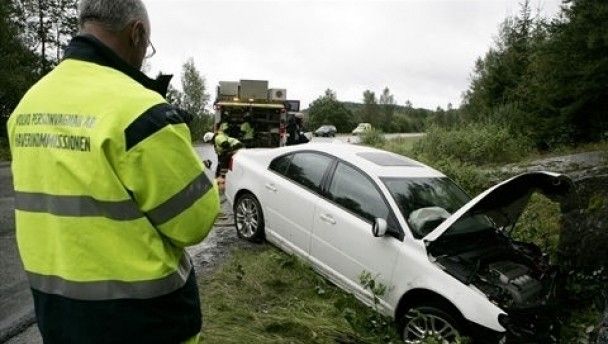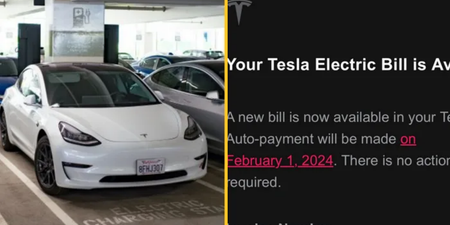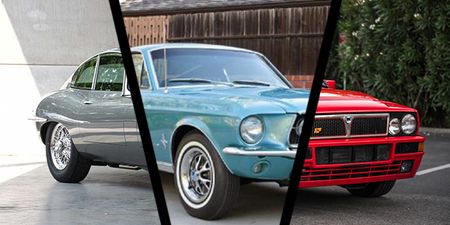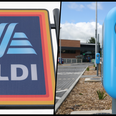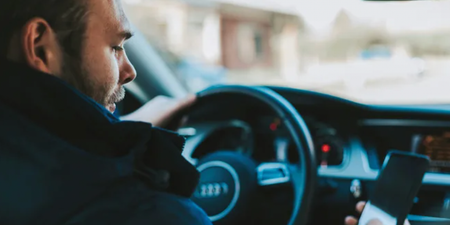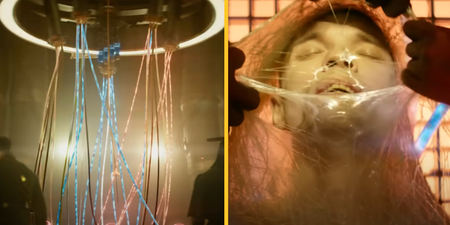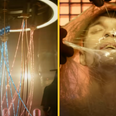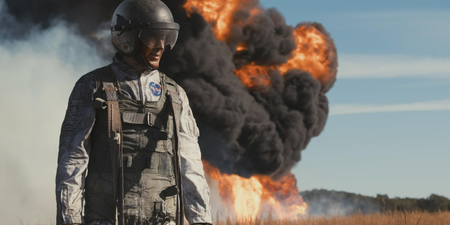JOE salutes the life-saving nerds from the Volvo Accident Research Team – producing innovative safety solutions based on real-life traffic incidents for 40 years.
IKEA, Stieg Larsson, impossibly beautiful blonde bombshells – we have much to thank Sweden for, not to mention their Volvo vehicles, whose safety and reliability have left it with one of the peculiarly positive stereotypes. Your girlfriend may not appreciate being compared to a Volvo but the car itself is like a stable, long-term relationship – well-built and founded on trust. However, you still probably shouldn’t call her that.
This year Volvo celebrates 40 years of the Volvo Car Corporation’s Accident Research Team. The team has studied, documented and analysed over 40,000 traffic accidents involving Volvo cars in the real traffic environment. Using their knowledge, they have developed many of the new and innovative safety systems the company has launched over the years.
So what exactly does Volvo’s team do? Every time a serious accident involving a Volvo occurs within a 60 mile radius of Gothenburg, the Traffic Accident Research Team is alerted via the official emergency switchboard – day or night. At least one person from Volvo goes to the scene in their armour-plated Volvomobile (may not be true).
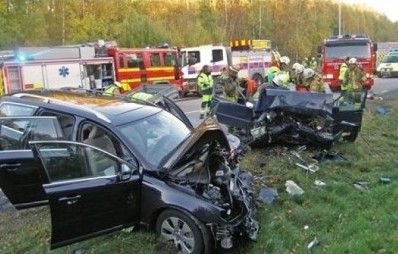
This looks like a job for the Volvo Accident Research Team!
If possible, the police postpone moving the vehicles until Volvo Cars’ technicians have arrived. This allows them to conduct a general study, which is documented with measurements and photographs. The police, witnesses and, if possible, those directly involved are all interviewed. Non-Volvo owners are presumably berated for their inferior taste in vehicles.
After this, the poor car is transported to a workshop (we presume those involved in the accident go to hospital) or to the Volvo Cars Safety Centre for further detailed analysis whilst other valuable information is gathered, including on injuries sustained. When all the information is available, the material is analysed by staff from the Volvo Cars Safety Centre, the design departments and medical experts.
The Accident Research Team was born after a successful project which measured the effects of the safety belt in real-world traffic accidents. This year-long project took place in 1966 – a few years after the three-point safety belt was introduced as standard in all Volvo models. The results showed a huge 50 per cent injury-reduction as a result of the safety belt.
In total, information from 40,000 accidents involving Volvos has been gathered since the unit started operating in 1970, and 2,100 in-depth analyses including comprehensive documentation have been conducted. This forms a valuable database that provides input in the development of new products.
“We have to assume that our customers don’t always do what we expect them to do. They respond differently to various situations. That is why we need to understand the driver’s behaviour and how it influences the sequence of events in a real-life accident,” explains research unit member John Fredrik Grönvall, his ART cape billowing in the wind.
LISTEN: You Must Be Jokin’ with Aideen McQueen – Faith healers, Coolock craic and Gigging as Gaeilge
